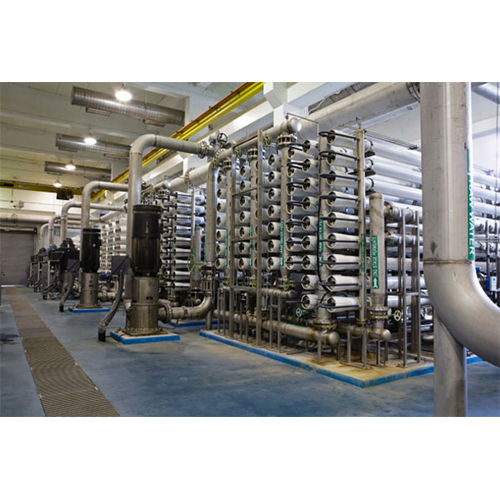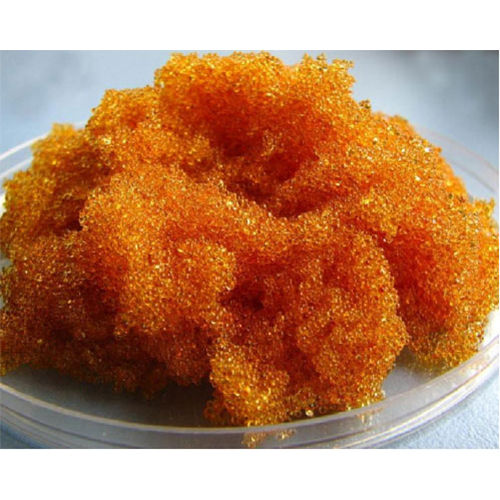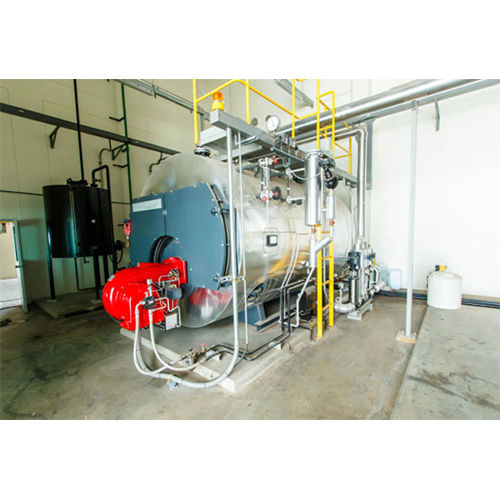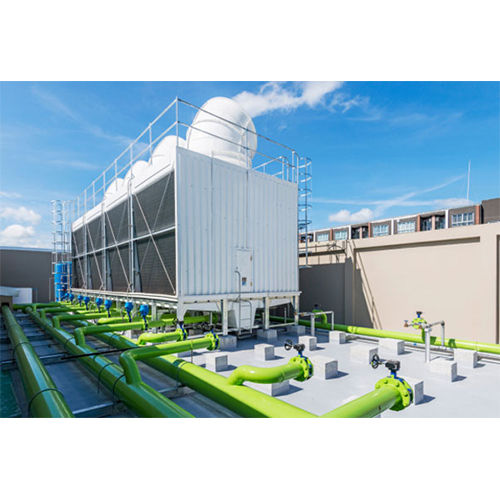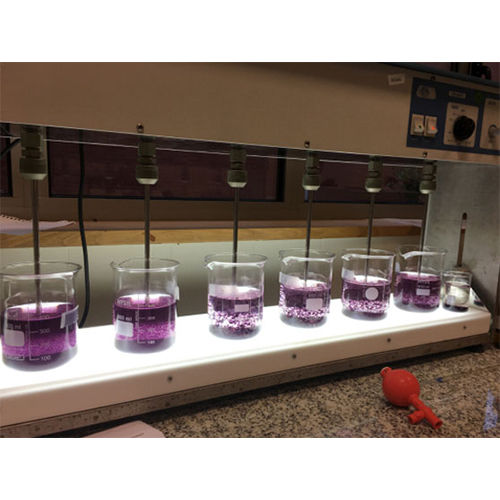Call us: 08045479410
RO water chemicals
Product Details:
- Physical Form Solid
- Grade Industrial Grade
- Type Water Chemical
- Application Drinking Water Treatment
- Click to View more
X
RO water chemicals Price And Quantity
- 1 Unit
RO water chemicals Product Specifications
- Solid
- Water Chemical
- Drinking Water Treatment
- Industrial Grade
RO water chemicals Trade Information
- 10 Unit Per Month
- 30 Days
- Karnataka Kerala Andhra Pradesh Tamil Nadu Telangana
Product Description
Reverse Osmosis Treatment Chemicals
- Antiscalants
- Cleaning Chemicals
- Biocide Sanitizing Chemicals
Reverse osmosis plants have at their heart a membrane that if damaged reduces output increases costs and gives poor water quality Hence it is important to keep it clean and operate efficiently.
Most reverse osmosis membranes are formed from hollow fiber or thinfilm composite sheets with the membrane allowing the passage of pure water and rejecting the dissolved solids in the water.
As water passes along the membrane surface the solids concentration increases and some sparingly soluble salts start to exceed their solubility and precipitate When precipitated onto the membrane surface this causes fouling that may reduce output and increase product water conductivity The worst of these solids are calcium carbonate and calcium sulfate so preventing their precipitation is vital if the membrane is to function efficiently.
The traditional way to prevent this was to dealkalize the water using sulphuric acid to prevent calcium carbonate precipitation However the hazardous acid increases the sulphates and the corrosivity of the water on both sides of the membrane Reducing the recovery rate of the reverse osmosis plant eliminated calcium sulphate but this reduces the efficiency of the plant and hence increases costs.
Enter Buying Requirement Details

 English
English Spanish
Spanish French
French German
German Italian
Italian Chinese (Simplified)
Chinese (Simplified) Japanese
Japanese Korean
Korean Arabic
Arabic Portuguese
Portuguese